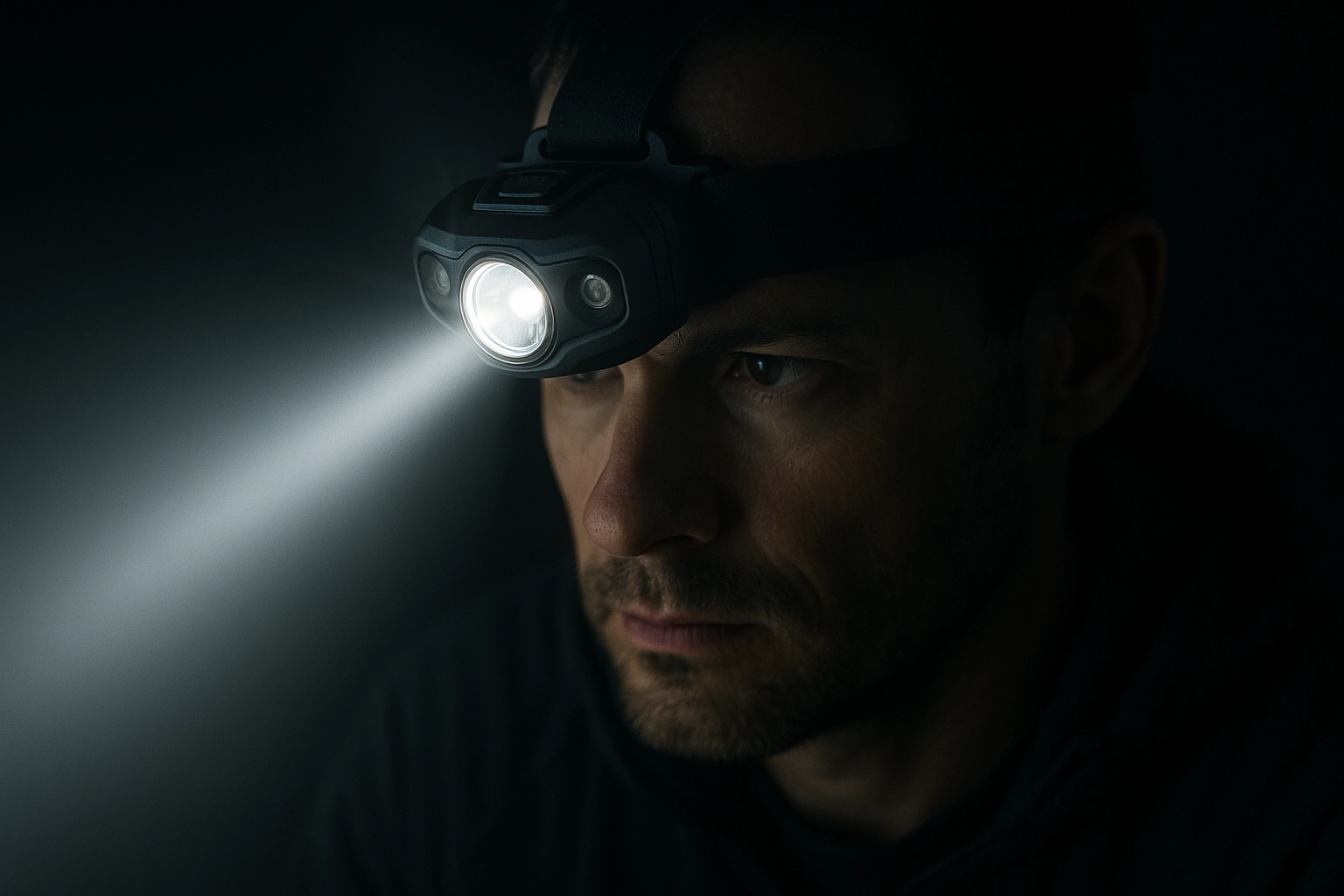IEC 60825-1 – Laser Headlamp Eye Safety Testing
The International Electrotechnical Commission (IEC) standard IEC 60825-1 is a crucial document that sets the global benchmark for laser safety. This standard is particularly important in sectors such as automotive, where high-intensity laser systems are used in headlamps to improve visibility and enhance driving safety. The standard provides comprehensive guidelines on how to ensure that lasers do not pose an undue risk to human eyes.
One of the primary applications of IEC 60825-1 is in automotive lighting, specifically for laser headlamp systems. These systems are designed to provide intense illumination with minimal glare and high efficiency. However, the intense light produced can potentially cause eye damage if not properly controlled. This standard ensures that such systems meet stringent safety requirements.
The testing process under IEC 60825-1 involves several critical steps. First, it is essential to identify the class of laser used in the headlamp system based on its power level and wavelength. This classification determines the potential risk to human eyes and sets the appropriate safety criteria. The next step is to conduct a detailed optical hazard analysis (OHA) to determine the exposure limits that should be adhered to.
The testing process itself involves simulating real-world driving conditions, including various angles of light emission and distances from the eye. Specialized equipment such as photometers, integrating spheres, and video cameras are used to measure and record the emitted laser power in different scenarios. Compliance officers must ensure that all these measurements meet or exceed the specified safety thresholds outlined in IEC 60825-1.
The results of the testing are then documented comprehensively. This includes not only the raw data but also an analysis of potential risks and recommendations for any necessary modifications to the headlamp design. Quality managers play a crucial role in reviewing these reports and ensuring that all safety protocols are followed rigorously.
Compliance with IEC 60825-1 is essential not only from a legal perspective but also to protect public health. The standard ensures that automotive manufacturers can introduce innovative laser headlamp technology without compromising the well-being of drivers, pedestrians, and other road users.
Scope and Methodology
The scope of IEC 60825-1 encompasses all aspects of laser safety, focusing particularly on the protection of human eyes from exposure to laser radiation. The standard covers a wide range of laser classes, from Class 1 (which is considered safe under all conditions) up to Class 4 (which can cause severe burns and other serious injuries).
The methodology for conducting IEC 60825-1 testing involves several key steps:
- Identifying the laser class of the headlamp system.
- Performing an optical hazard analysis to determine exposure limits.
- Setting up test scenarios that simulate real-world driving conditions.
- Using specialized equipment such as photometers and integrating spheres to measure emitted power.
- Recording and analyzing data to ensure compliance with the specified safety thresholds.
The testing process is rigorous and requires precise calibration of all instruments involved. The results are then used to make informed decisions about any necessary adjustments to the headlamp design to enhance safety without compromising performance.
Customer Impact and Satisfaction
Maintaining customer satisfaction through adherence to stringent safety standards.
Ensuring product quality and reliability by meeting international regulatory requirements.
Providing peace of mind to customers knowing that their products are safe for use.
The implementation of IEC 60825-1 testing contributes significantly to customer satisfaction. By ensuring that laser headlamp systems meet the highest safety standards, manufacturers can build trust and confidence in their products. This not only enhances brand reputation but also ensures compliance with regulatory requirements.
International Acceptance and Recognition
IEC 60825-1 is widely recognized globally as the standard for laser safety.
Multinational companies rely on this standard to ensure consistent quality across different markets.
The widespread acceptance of IEC 60825-1 underscores its importance in the global automotive industry. Its international recognition ensures that manufacturers can meet regulatory requirements in various countries without significant variations in testing procedures.





